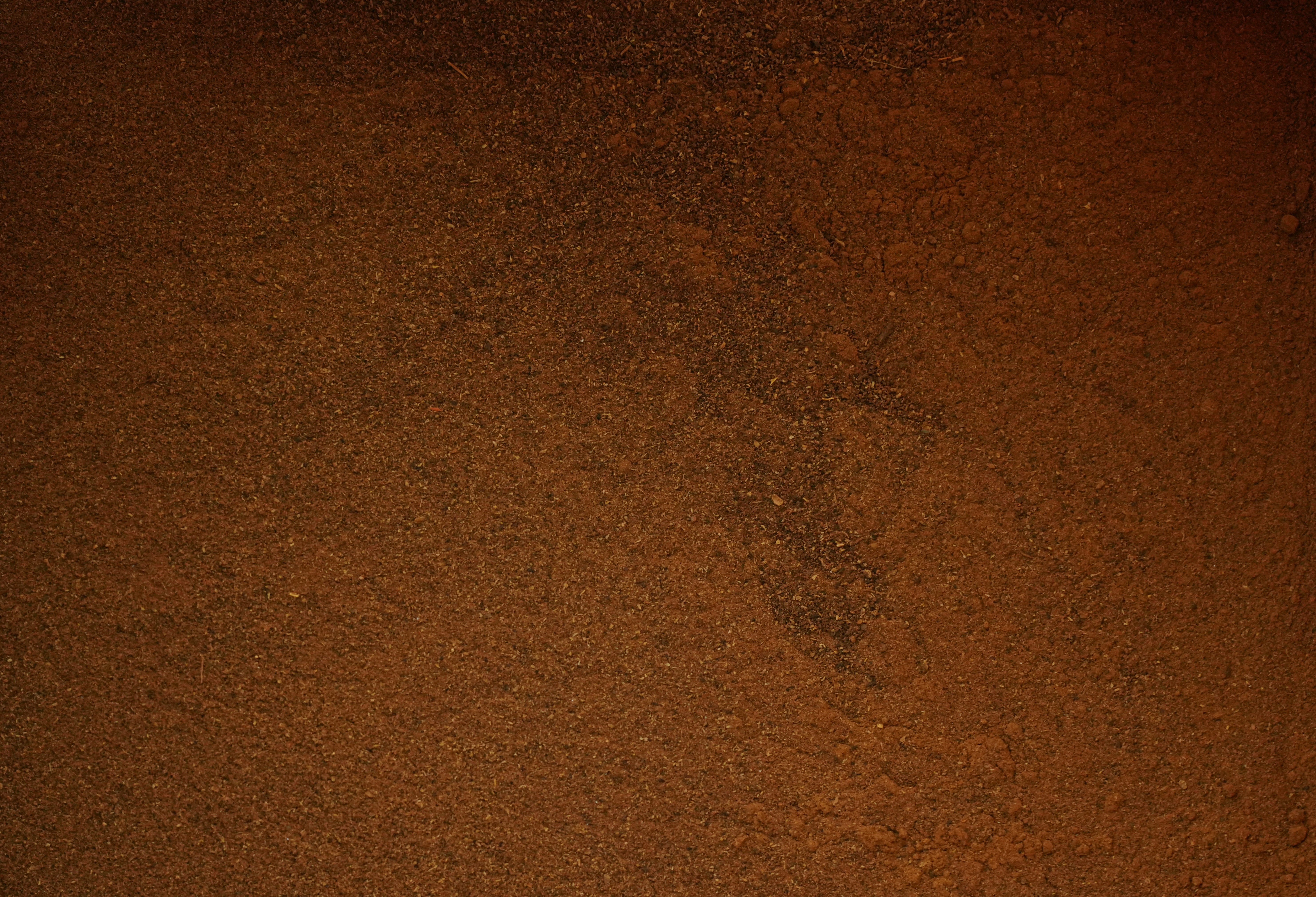

Himalayan rhubarb
lat.: Rheum emodi
€6.45
Out of stock
Himalayan rhubarb (lat.: Rheum rmodi) root is an old traditional natural dye in Asia, producing shades ranging from yellow and honey to golden olive or yellow-red. When fermented in an alkaline solution, it can even yield various shades in the red spectrum. The final hue depends on the dyeing process, including factors such as timing, mordants, additives, pH, and other details. Therefore, conducting more experiments will result in a broader array of shades. Himalayan Rhubarb roots serve as a fantastic source to explore the endless possibilities offered by a single plant.
Name: Himalayan rhubarb
Latin name: Rheum emodi, Rheum australe
Other names: Indian rhubarb, Red-veined pie plant
Type: mordant dye, no-mordant dye
Part of plant used: roots
Colorants: roots contain various yellow, orange, brown, and red colorants that belong in the tannin and anthraquinone classes
Main colors: yellow, honey
Other colors: brownish red, light red, violet, olive
Purpose: natural dye for textiles, leather, wood, candles, and other natural materials. Can be used for making botanical inks, pastels, watercolors, printing paste, etc.
Dyeing with himalayan rhubarb roots. Method No.1:
Use 30-50% WOF. You can use less for lighter shades and a bit more for darker shades.
Add powdered roots to the dyeing pot filled with water, and stir well. You may soak it overnight.
For yellow tones, raise the temperature to 60-65°C and simmer for 30-60 minutes. Let it cool.
For dark yellow, honey, orange, or brown tones, raise the temperature to 80-90°C and simmer for 30-60 minutes or longer. Let it cool.
Strain through a fine cloth to keep small particles out of the dye bath.
Fibers, whether pre-mordanted or unmordanted, should be soaked in water for at least 30 minutes before adding to the dye solution.
Add wet fibers to the dye solution and simmer for 40-60 minutes depending on the shade you want. Leave to cool.
For a wider color palette experiment with additional citric acid, soda ash, or chalk. Dissolve the chosen additive in water and immerse dyed fibers. Keep for 5-30 minutes until desired shade. Additionally, you may add these materials directly into the dye solution prior to dyeing.
To widen your palette even more experiment with additional mordants - immerse fibers into ~ 2% WOF iron sulfate and keep for 2-30 minutes until desired shade.
Dyeing with himalayan rhubarb roots. Method No.2:
Use 30-50% WOF. You can use less for lighter reddish shades and a bit more for darker reddish shades.
Add powdered roots to the dyeing pot or a bucket filled with water, and stir well. Raise the pH of the solution to 10-11. For this purpose, you may use lye water or soda ash.
Leave for several days or a week. Check the pH every day. pH drops when liquid ferments so add additional alkaline to keep pH at 10-11.
After several days, Strain through a fine cloth to keep small particles out of the dye bath.
If you will be dyeing wool, then lower the pH to 7-8 by carefully adding acid such as vinegar or citric acid. During this process the solution may bubble so be careful and make sure that there is enough space in your pot or bucket for all extra foam.
Fibers, whether pre-mordanted or unmordanted, should be soaked in water for at least 30 minutes before adding to the dye solution.
Add wet fibers to the dye solution and keep for a few days depending on the shade you want.
After dyeing, dry fibers in a shade. If trier in the sun, due to photo-oxidation, fibers can turn into greyish purple shades.
To widen your palette even more experiment with additional mordants - immerse fibers into ~ 2% WOF iron sulfate and keep for 2-30 minutes until desired shade.
For a wider color palette experiment with additional citric acid, soda ash, or chalk. Dissolve the chosen additive in water and immerse dyed fibers. Keep for 5-30 minutes until desired shade.
Additional information:
While we exclusively sell rhubarb roots, the leaves and stems can also serve for natural dyeing. These plant parts contain yellow flavonoids and oxalic acid. Due to the flavonoids, the leaves can be used to produce light yellow shades. The high concentration of oxalic acid makes both leaves and stems suitable for use as an organic mordant or color modifier. However, handling such a substantial amount of oxalic acid can be toxic, and it is highly recommended to work with rhubarb leaves and stems outdoors only. Avoid inhaling fumes and use protective gloves, a mask, and glasses.